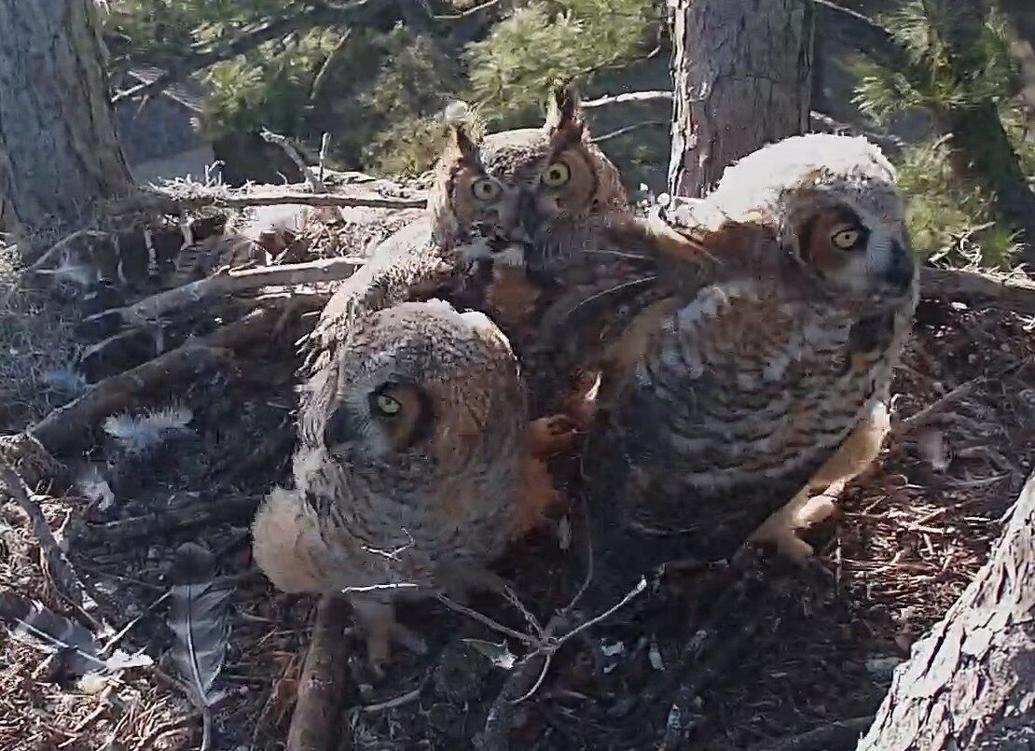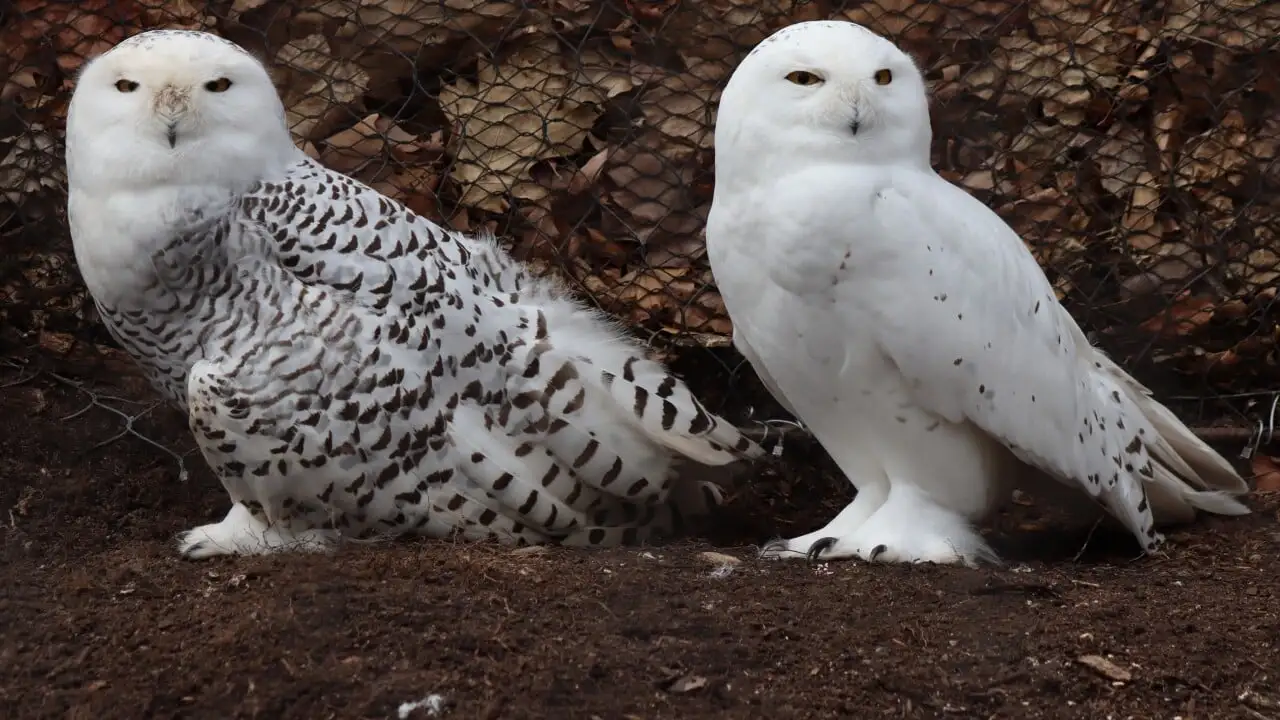I've sat on this news for a while, but anyone who watched them get born and grow up deserves to see the end of their story.
One of the baby owls has been found to have died from poisoning. As with Flaco, the likely cause is eating poisoned rodents. This is an all too common end for birds of prey, as the poisoned rodents are easy to catch.
Part of my hoped id never hear about the owl babies again after they left the nest, mainly because I knew this would be the type of news it would be. Half of birds don't live to their first birthday. I hope that means the sibling will be safe then.
Whichever baby HH is gone, it was still a joy watching you fledge, and to the other HH, I wish you the best of luck.
Post and Courier 06 JUL 2024
Aside from fleeting glimpses, most of the goings-on in the lives of wild creatures take place out of view of human eyes.
That’s what made the December appearance of a pair of great horned owls in a particular nest on Hilton Head special. That nest happened to have a Raptor CAM trained on it, continuously streaming all of the nest’s activity to anyone with an internet connection. Put in place by the Hilton Head Island Land Trust, the live feed held people from all around the world in rapt attention.
Against the odds, the pair delivered two eggs in the first days of the new year. The parents meticulously cared for the eggs during the roughly month-long incubation period, and two owlets hatched in early February. Both appeared healthy, much to the relief of the legion of online viewers. Two months later, the owlets leapt off a branch and flew for the first time. All were hopeful as the owlets survived each milestone in their young and hazard-filled lives.
Sometime around mid May one of those hazards caught up. It’s believed that one of the young pair is now dead.
Robin Storey, board member with the land trust, said the carcass of a juvenile female great horned owl was discovered in the vicinity of the nest where the pair, identified as HH5 and HH6, hatched. The hatchlings were not banded, so there’s no way to be sure the dead owl is from that nest. But there are several clues that lead to the conclusion, Storey said.
Great horned owls are non-migratory, and while the owl families abandon their nest after the young owls are able to fly, they do stay in the area. The age of the dead bird was another indicator, as were audio and visual clues.
“Everyday I listen to the owls on our Raptor CAM,” Storey said. “I can tell we’re down to only one by listening to the calls. We’re only hearing one owl call. People on the ground say they’re only seeing three (owls). There’s good support that it’s probably one of our owls.”
The owl carcass was taken to the Center for Birds of Prey in Awendaw, where the staff suspected the bird died as the result of ingesting poison. They sent samples to Texas A&M for a more detailed analysis.
“They wanted Texas A&M to get down to the exact chemicals found in the bird,” Storey said, adding that the testing took several months to complete.
The analysis revealed the presence of three different rodenticides, which likely caused the bird’s death. It is suspected the owl consumed rodents that had ingested the poison.
“This is a slow, painful death. It takes days,” Storey said.
Jim Elliott, executive director with the Center for Birds of Prey and Avian Conservation Center, estimated that 50 to 60 great horned are impacted by the rodenticides every year in the center’s service area, which includes South Carolina, Georgia and North Carolina.
Owls are not the only species susceptible to rodenticides. The population of bobcats on Kiawah Island, for example, has been threatened in recent years by the newest iteration of rat poison called second-generation anticoagulants, which are more lethal and faster acting than earlier iterations. Storey said that extremely high levels of both first- and second-generation anticoagulants were discovered in the dead owl from Hilton Head.
It’s unknown what fate awaits the sibling owl, or the parents.
“It’s a high risk. They could succumb to the same outcome,” Storey said.


It was fun watching them hatch and then grow up so fast. At least she got some time to explore.
The baby eagles that nest was made for both died of bird flu before they fledged.
There was also another eagle cam this year where the dad ate the babies. 😮
Nature can sure be tough. I'll be thinking good thoughts for the parents and the remaining baby.